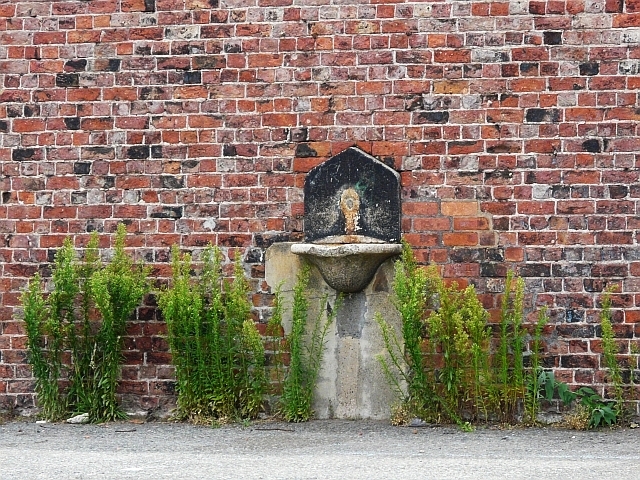Interactions
As you may have seen on the adaptations page, rhubarb can grow in many different conditions. For this reason, it can come in contact with a variety of other plants and pests, causing it to develop symbiotic relationships.
A mutualistic relationship, when both of the organisms benefit from their relationship with one another, is seen between rhubarb and other vegetables. When different vegetables, like broccoli or cabbage, are grown in close association with rhubarb, it can help attract good bugs and repel harmful bugs. The chemicals that are in the other vegetables can attract the helpful bugs but can repel some of the harmful bugs. Those other plants can also provide additional nutrients in the soil that rhubarb is able to take up and utilize.
A parasitic relationship, when one of the organisms is harmed and the other is either not affected or benefits, is evident in the relationship between Dock Weed plants and rhubarb. Dock weed itself does not harm rhubarb, but it attracts a nasty bug, Rhubarb Curculio beetle, that bores into the stalks of rhubarb. This beetle lays its eggs in the stalks of rhubarb.
The image to the right shows how the Rhubarb Curculio beetle bores into the stalk and lays its eggs.
The image to the left shows the feeding and egg laying site for the nasty beetle.
Other organisms that can have parasitic relationships with rhubarb are aphids, slugs, and flea beetles. Aphids will eat holes in the leaves and tap into the phloem to get nutrients from the rhubarb. Slugs will feed at night and damage the stalks and leaves, often a problem in poorly-drained soils and weedy areas. Flea beetles will become a problem in hot, dry weather by feeding on newly planted rhubarb. Because the leaves are poisonous and discarded after harvesting anyways, these pests are generally not a huge problem.
If you look closely at this image, you can see how the aphids tap into the stem, specifically the phloem, to get the nutrients from rhubarb.
Continue on to About the Poison.
Go to Home. Go to Multiple Organisms. Go to UW-La Crosse.



